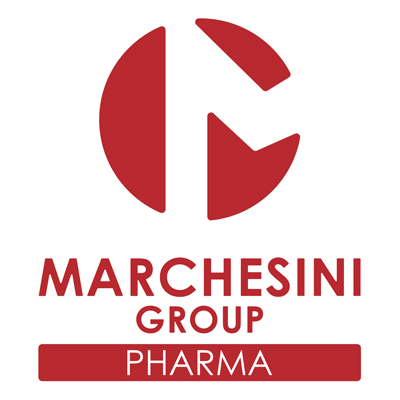The process equipment sector has felt the economic downturn as Big Pharma has merged and downsized. However, the market could be on the turn. Susan Birks reports.
In a recent survey of the pharma manufacturing industry, 62% of senior level respondents were ‘more optimistic’ about their revenue growth in 2013, according to US company Researchandmarkets. In its Global Pharmaceutical Market Survey 2013–2014, the research group said a significant percentage of respondents suggested that capital expenditure would increase in 2013.
Companies in the UK are also more optimistic, according to a recent survey of pharma manufacturers by Siemens Industry. The giant supplier of process technologies says its findings of growing sector confidence are reflected by ratings agency Moody’s revision of the pharmaceutical sector’s rating from ‘negative’ five years ago to its current status of ‘stable’ – reflecting expectations that the worst of the downturn is over and earnings are likely to rebound during 2013, says Siemens.
More than 34% of those involved in Siemens’ survey said they were planning to increase investment levels going forward and more than 47% said R&D would be the primary area of investment focus for 2013.

